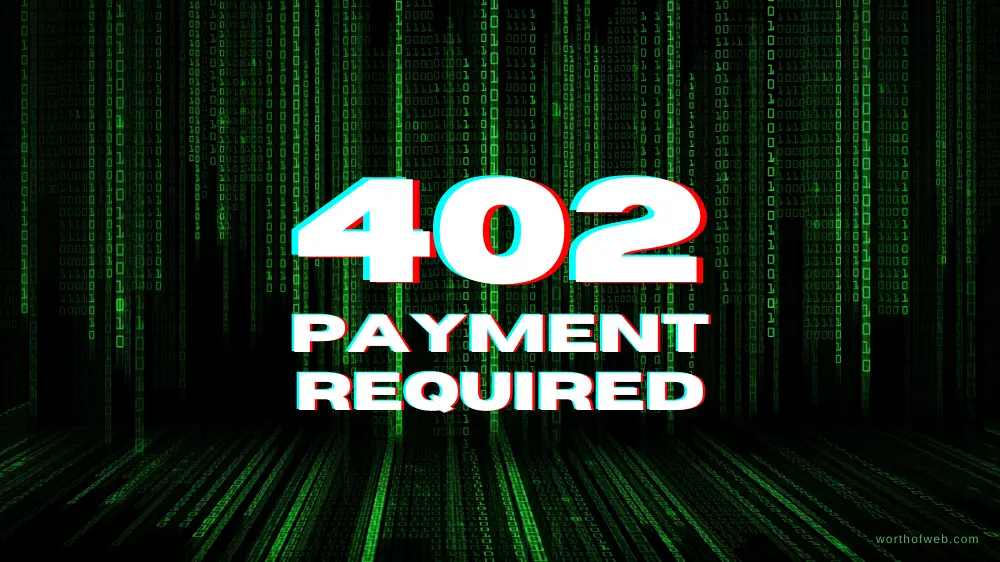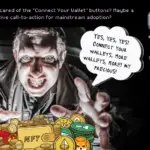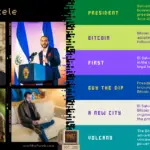Last updated on February 19, 2022. Are you following Socratoshi Nakaplato on Twitter?
Even if you are not tech-savvy, you probably have seen error codes like 403, 404, or 500 while browsing the web. If you had the chance to get involved in web development, you can understand the joy of seeing a 200 code after hours of trial and error for a successful connection.
These codes are called “HTTP Response Status Codes”. They are responses of a server when a client makes a request to the server. You can see the full list of these codes on Wikipedia or Mozilla Web Docs.
Today, we want to focus on one of the client error responses, 402. It is from the family of error codes that are between 400 and 499.
In our “What is Web 3.0?” post, we talked about the different stages of the Web and the brilliant minds behind it like the inventor of the World Wide Web, Sir Tim Berners-Lee. Scientists and engineers that created and developed the Web injected not only their visions like 402 but also their sense of humor like 418 into the network.
As explained by Mozilla, “The HTTP 418 I’m a teapot client error response code indicates that the server refuses to brew coffee because it is, permanently, a teapot. This error is a reference to Hyper Text Coffee Pot Control Protocol defined in April Fools’ jokes in 1998 and 2014.”
What is the 402 error code, and why is it a back to the future moment?
402 Payment Required (Reserved for future use)
“The HTTP 402 Payment Required is a nonstandard response status code that is reserved for future use. This status code was created to enable digital cash or (micro) payment systems and would indicate that the requested content is not available until the client makes a payment.”
It is still classified as “experimental” and “reserved for future use”. Few companies like the below use the code internally but it is not a web standard that is widely used.
- Google Developers API, if a developer has exceeded the daily limit on requests
- Sipgate, if an account does not have sufficient funds to start a call
- Shopify, if the store has not paid their fees and is temporarily disabled
- Stripe, if there is a failed payment like blocked fraudulent payments
In the Web 3.0 era, identity, wallets, and payments will be at the epicenter of the user experience. We think the vision of the inventors of the web can be realized now. It is time to change the classification of the 402 Payment Required code and make it one of the standards.
Although current “Connect Your Wallet” buttons seem like an invasion of your privacy and funds (maybe marketers will come up with a new softer set of words), you will see them more and more on Web 3.0 projects. The blockchain development side uses various error codes in different projects to understand why the payment got rejected, maybe 402 and its variations can create a standard developer experience there as well.
Do you want to learn more about how the World Wide Web works? CrashCourse explains in the video below:







